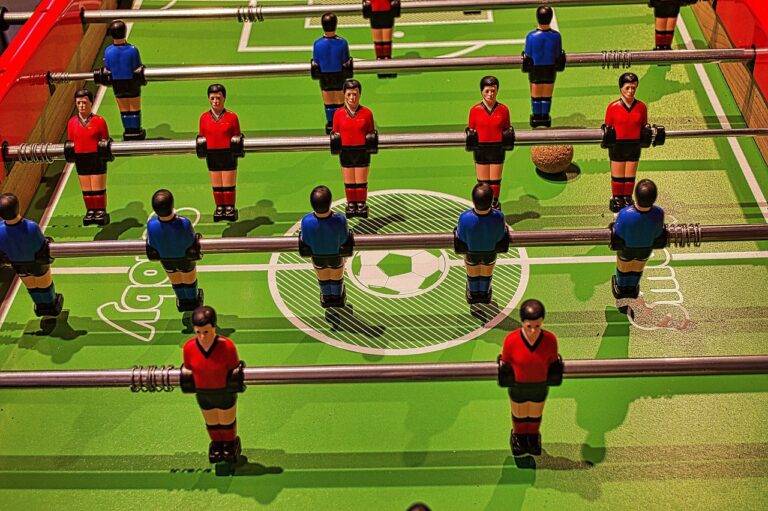Exploring the Psychology of Parasocial Relationships
Parasocial relationships have been studied extensively in media psychology, shedding light on the unique bond that forms between media consumers and characters or influencers. This phenomenon traces its roots back to the 1950s when pioneering communication researchers Horton and Wohl introduced the concept to explain one-sided connections perceived between television viewers and on-screen personalities. The idea gained traction as mass media began to permeate households, introducing viewers to a plethora of fictional and real-life figures that captivated their attention.
As media consumption evolved with advancements in technology, the concept of parasocial relationships expanded beyond television to encompass social media platforms, podcasts, and other digital mediums. The fundamental premise remains consistent – individuals develop a sense of connection and attachment to mediated personas, despite the lack of reciprocal interaction. This bond is fueled by the human tendency to seek meaningful connections and social belonging, often projecting idealized qualities onto media figures that resonate with their desires and values.
The Role of Media in Forming Parasocial Relationships
Parasocial relationships, which involve individuals forming emotional connections with media personalities, are strongly shaped by the media landscape. Through carefully crafted narratives, characters, and personas, media platforms cultivate a sense of intimacy and familiarity with viewers. This sense of connection can lead individuals to develop feelings of closeness and attachment towards these characters, despite the one-sided nature of the relationship.
Moreover, the constant presence of media figures in people’s lives through various channels such as television, social media, and online streaming platforms amplifies the formation of parasocial relationships. The accessibility and repetitive exposure to these personalities create a sense of continuity and consistency in the viewer’s experience, further deepening the bond between the individual and the media figure. As individuals engage with these mediated relationships on a regular basis, they become intertwined in a complex web of emotions and perceptions that blur the line between reality and fiction.
What is a parasocial relationship?
A parasocial relationship is a one-sided relationship where one individual invests time, emotions, and thoughts into a media figure, such as a celebrity or fictional character.
How do parasocial relationships form?
Parasocial relationships are often formed through continuous exposure to a media figure, such as through television shows, social media, or other forms of entertainment.
What role does the media play in forming parasocial relationships?
The media plays a significant role in forming parasocial relationships by creating a sense of intimacy and connection between the audience and the media figure through carefully crafted content and storytelling.
Are parasocial relationships harmful?
While parasocial relationships can provide comfort and entertainment to individuals, they can also have negative effects, such as unrealistic expectations and feelings of loneliness or isolation.
Can parasocial relationships be healthy?
Parasocial relationships can be healthy when individuals are able to differentiate between fantasy and reality, and when they do not negatively impact real-life relationships or well-being.





